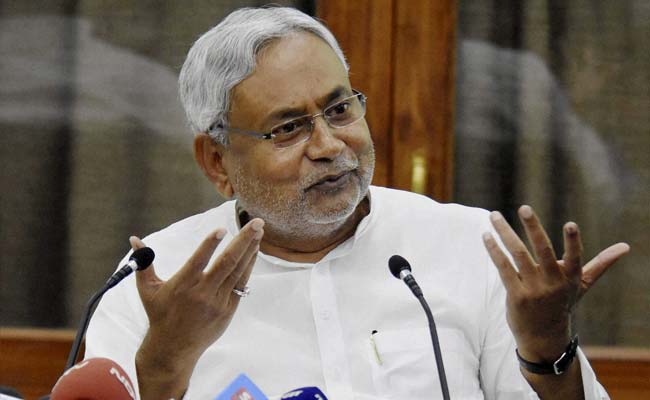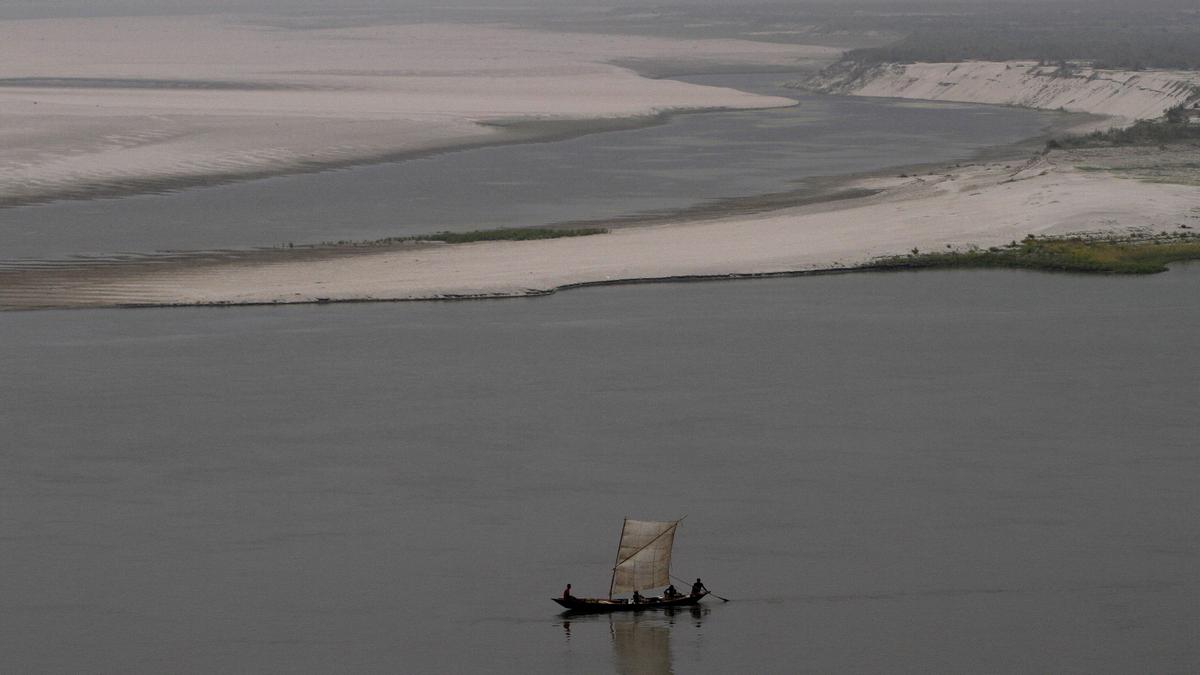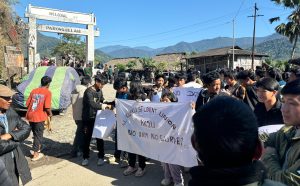- Copy to clipboard
- Thread starter
- #161
Saif
Senior Member
- Joined
- Jan 24, 2024
- Messages
- 15,397
- Reaction score
- 7,869
- Nation

- Residence

- Axis Group

Bangladesh will be the worst victim of Indian dam because India will play the same dirty water game with Bangladesh as it is playing through Farakka.By the way China is building a huge dam in Tibet by which it can flood Brahmaputra any time. India plans a 2+ time bigger dan to counter that. Will BD fund this project as the BD will be biggest beneficiary of this measure by the way to Brahmaputra flood control?








